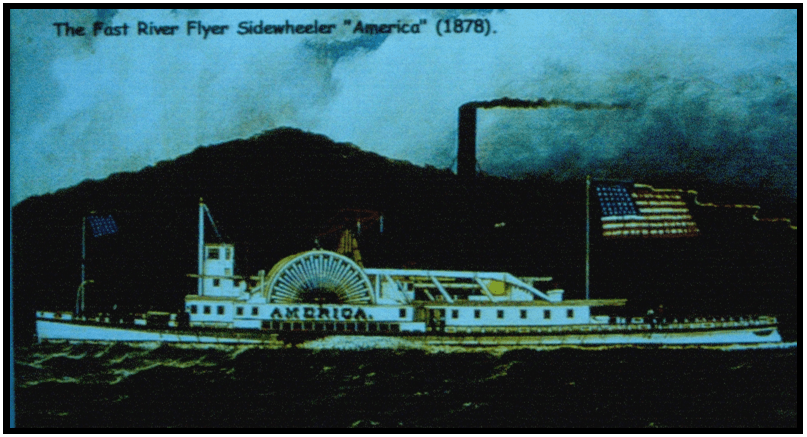Paleo People in Alabama
The people who lived in the late Pleistocene (circa 10-20,000 years ago) in the deep South of the current USA have always been a bit of a mystery to researchers. Where did they come from? It is as if they just showed up one day with their very fine worked stone tools and weapons. Though relatively rare in…









